The city of Lisbon has become what we see today after suffering one of the worst economic crises in history, an earthquake, a tsunami, and even a fire, wiping out about 85 percent of the city, so will that be why it left a big question mark in my mind?
I spent most of December in the city and I must say that the weather was wonderful but I always had the feeling that I was not in the right place and that there was something sad surrounding the city.
Here, too, I found friends, old and new, with whom I had a great time and who appreciated me for who I am. I did not have to hide for better or worse, and I truly felt ME.
ME what about its views? Among the best, I have ever seen!
What I saw in Lisbon
What I saw in Lisbon
The panoramas are undoubtedly one of the things that won me over about the city, its breathtaking views, and vistas. One of the most beautiful is the one from the San Jorge Cartel from which you can see the whole city.
It is also possible to go up in one of the many Elevadours in Portugal’s capital but let’s just say I preferred to avoid this experience, I have a very great and recently controlled fear of heights.
San Jorge Castle
The castle is perched on one of the city’s seven hills and is precise of the points from which you can see the whole city in 360 degrees.
It is also one of the oldest buildings in the city and the most significant for tourists.
With the two major earthquakes, the one in 1531 and the one in 1755, the structure was heavily damaged and over time increasingly abandoned. In about 1940, restoration work began that led it to be today, one of the city’s main attractions.
Praça do Comércio
We are talking about the largest square in Lisbon and it overlooks the Tagus River where the Ribeira Royal Palace was built and was the residence of the King for many years.
The Arco Rua Augusta, a kind of gateway to the city center, is also located here.
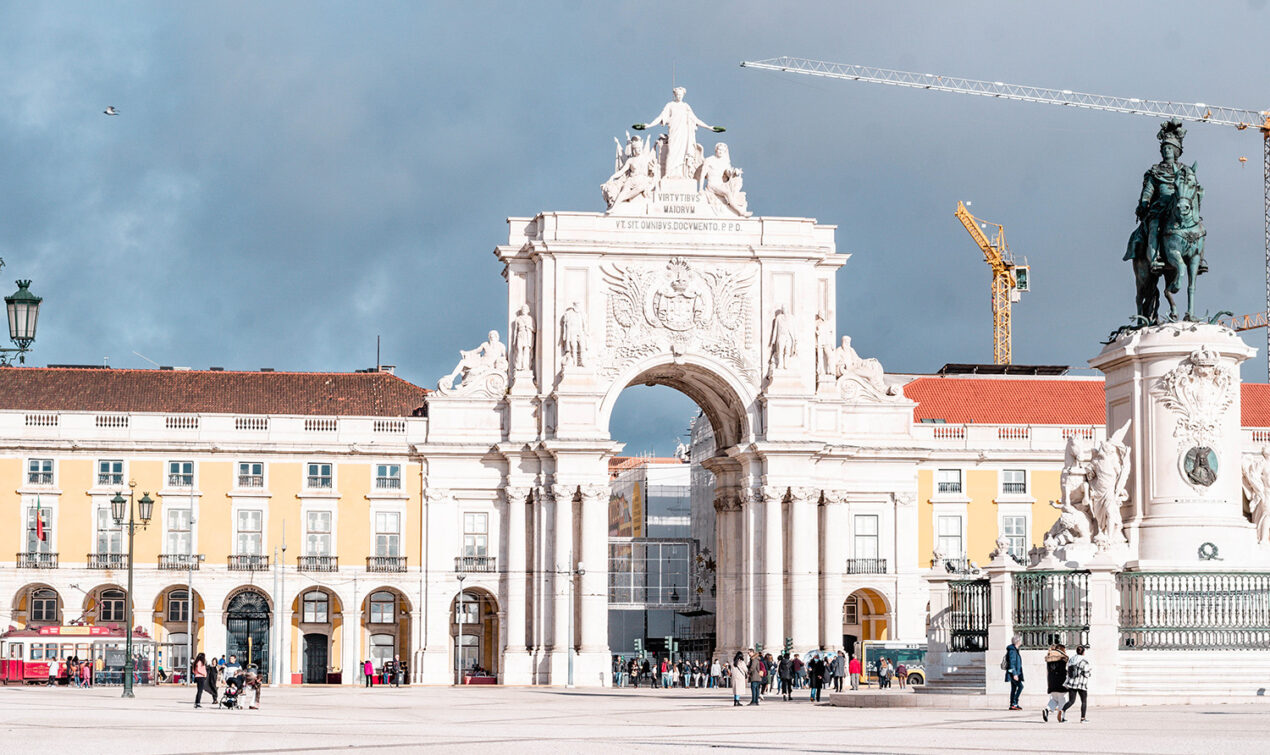
Miradouro de Santa Luzia
This neighborhood is full of squares and belvederes, and one of the most characteristic is the Miradouro de Santa Luzia. From here you have a beautiful view of the Tagus River and the rooftops of Alfama. Queta Terrace is special because it has a characteristic arched structure covered with plants and flowers in spring and summer.
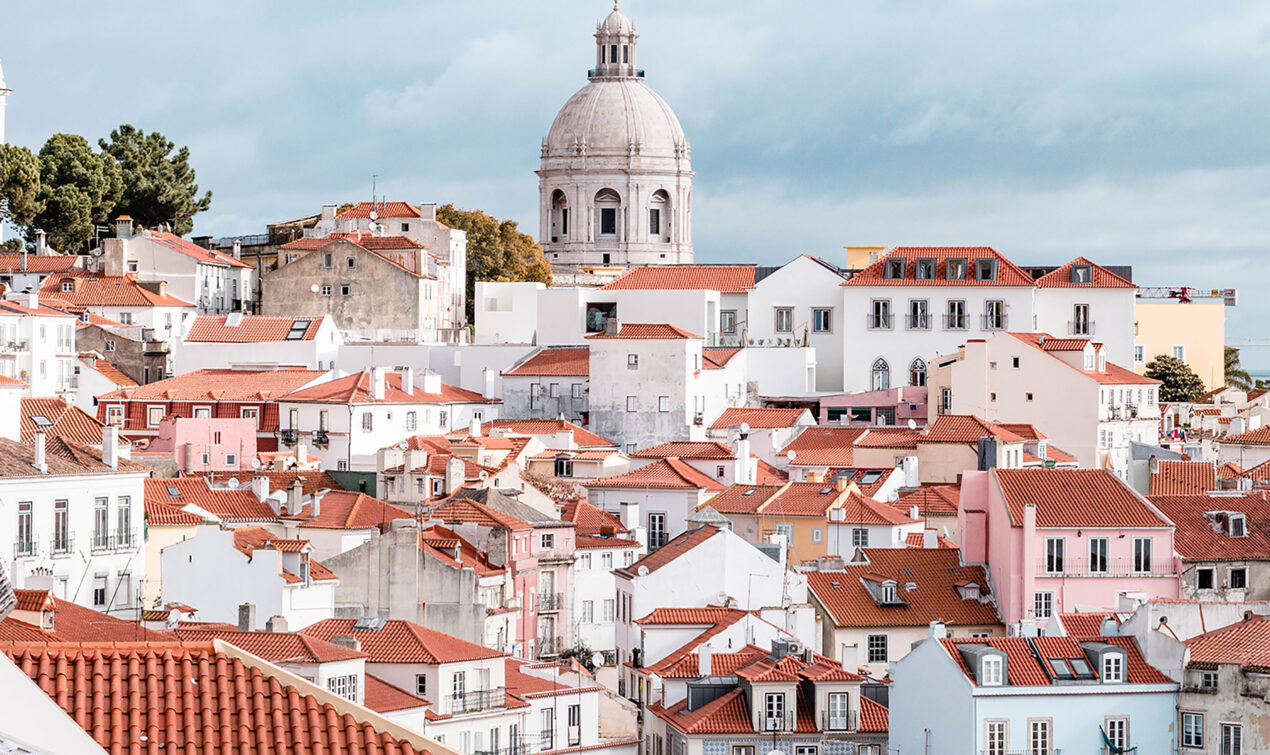
Lisbon Cathedral
Lisbon Cathedral is called Sé de Lisboa. It is a large Romanesque-style church and the seat of the Archdiocese. It was built in 1147 on the ruins of an ancient mosque. To this day it is a mix of many different architectural styles.
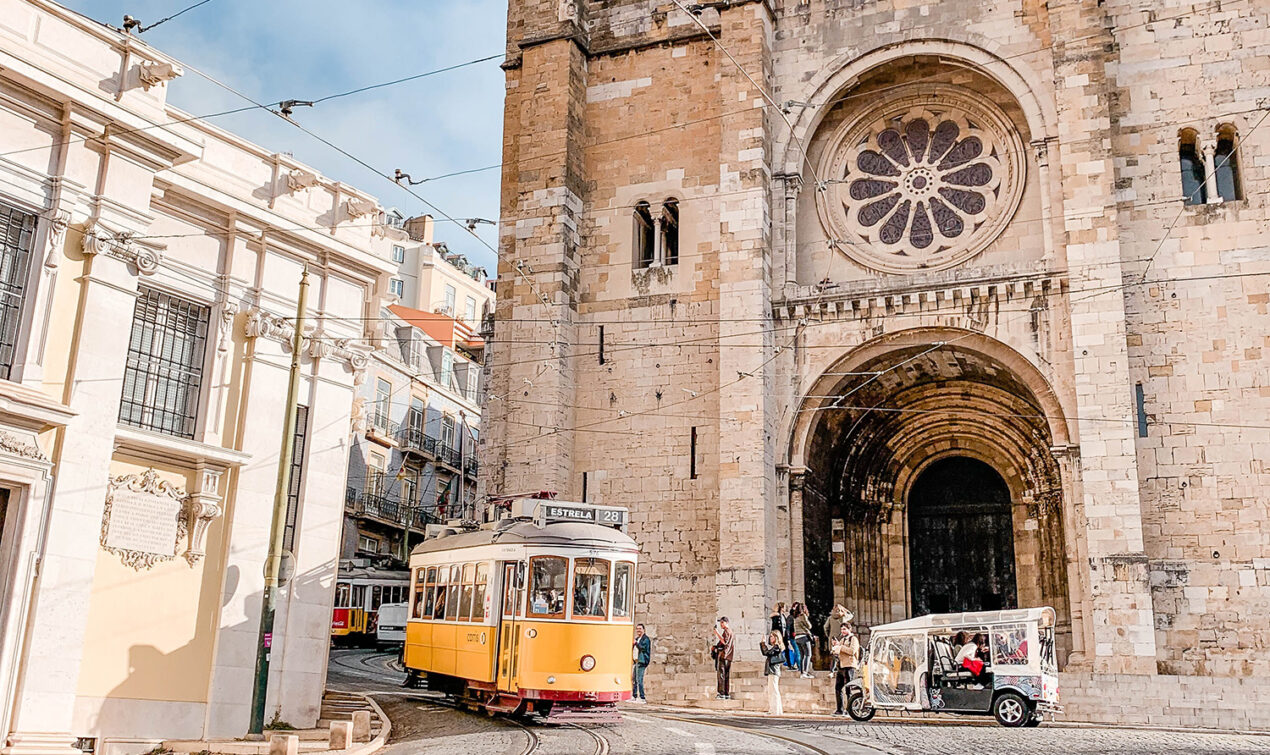
Convento do Carmo
The Convento do Carmo complex consists of a Romanesque monastery and church from 1398 that was greatly damaged in the 1755 earthquake. The church was deliberately not renovated and is a most glaring symbol of the catastrophe.
Now the entire structure is a museum.
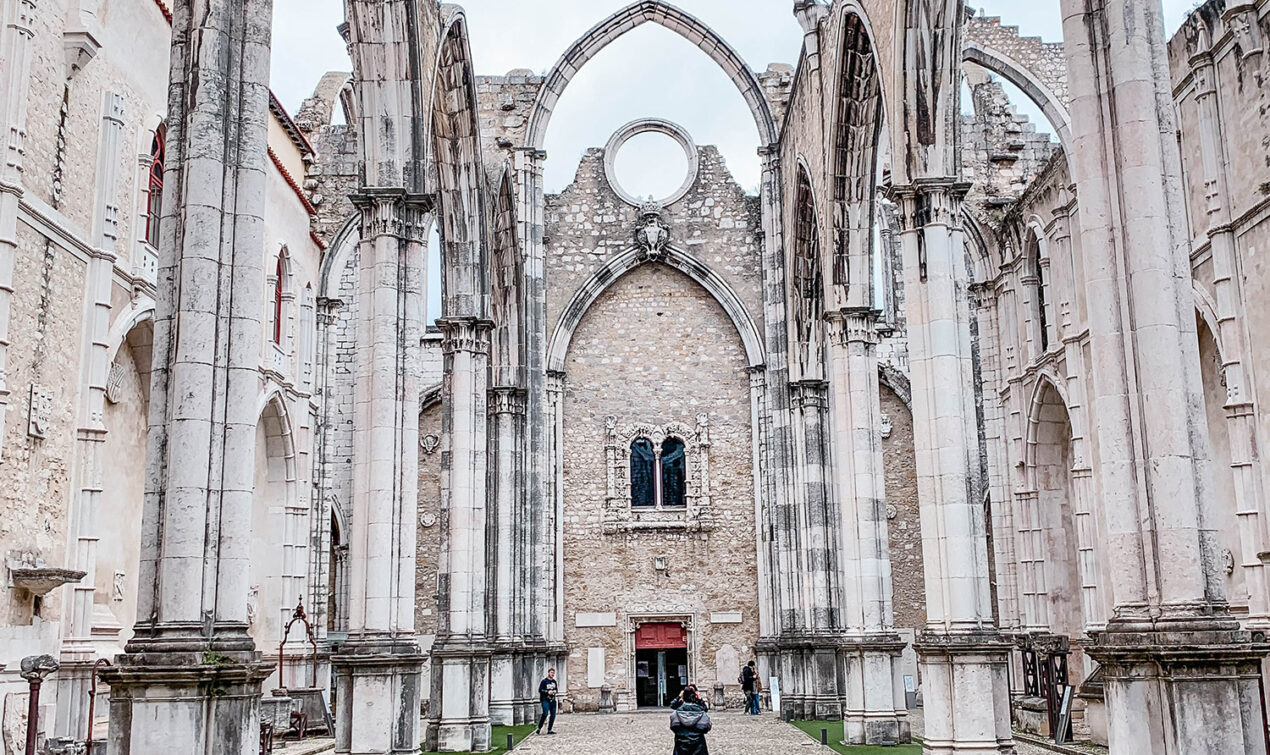
Torre de Belém
This is one of Lisbon’s most famous monuments and has been a UNESCO World Heritage Site since 1983. It is a 30-meter-high tower surrounded by four other smaller towers. A curiosity concerns its location: the tower was in the middle of the water and was thought to have moved because of the earthquake so instead it happened after the shoreline shifted.
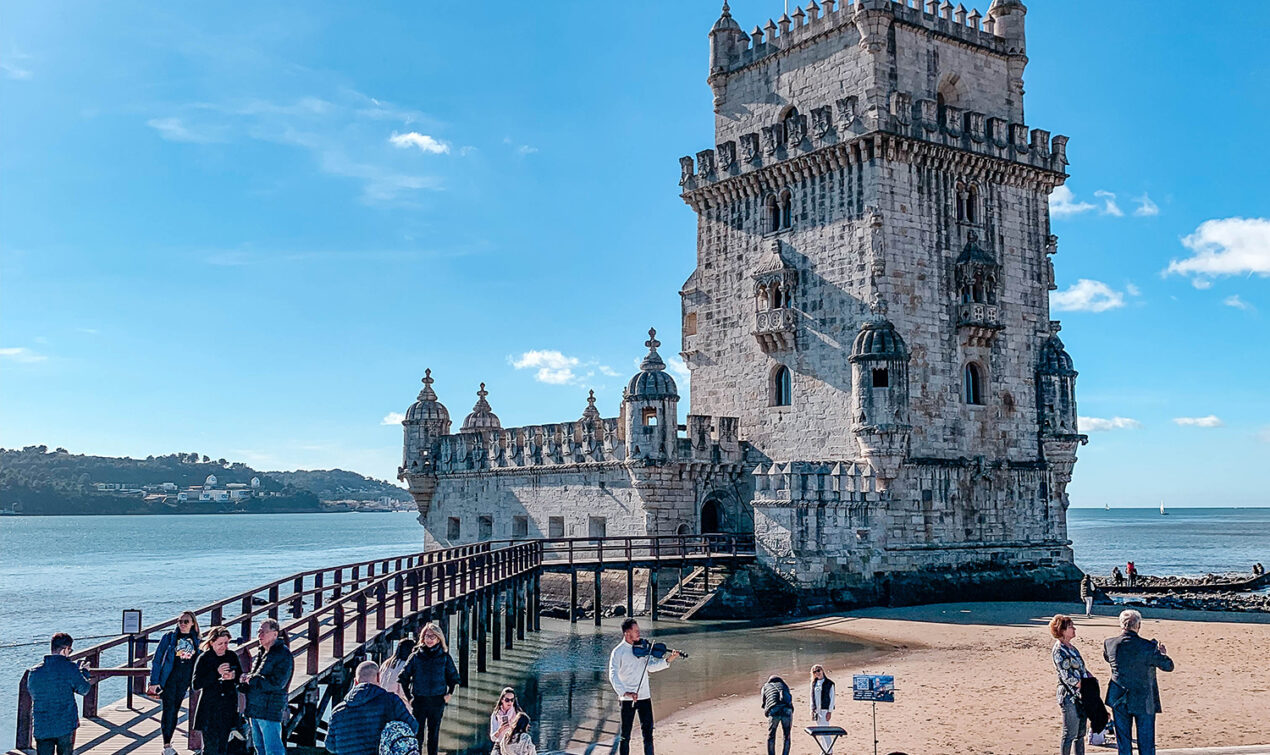
Monastery dos Jerónimos
This is one of the city’s architectural masterpieces and one of the most beautiful things I have seen in my travels. It is a richly decorated building with carved portals and is dedicated to St. Jeronimos, the protector of sailors that stands in Belem.
It’s one of the most significant buildings of late-Godic and Renaissance architecture: the Monastero dos Jeronimos. Along with other monuments in the city, the monastery celebrates one of the golden periods for Portugal. The former monastery was a UNESCO World Heritage Site in 1983, as is the Belém Tower.
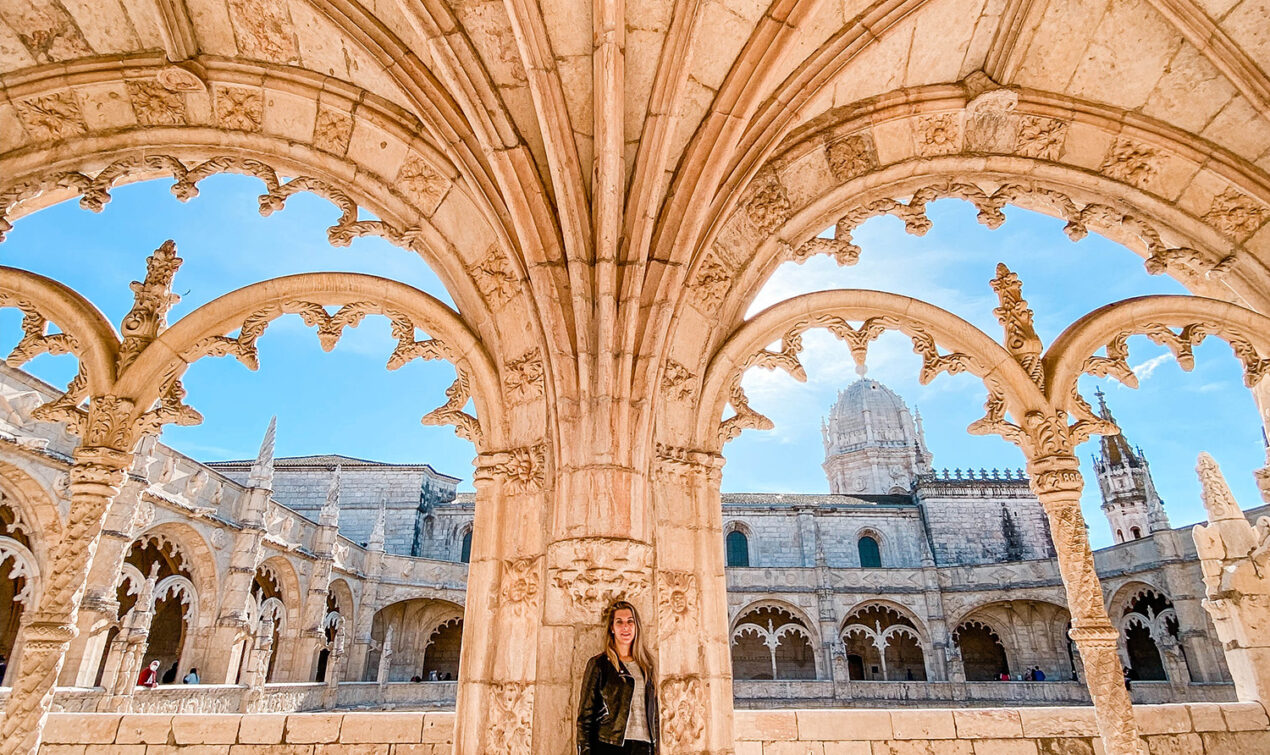
Perhaps I need to give this city a second chance and discover its most hidden corners.


